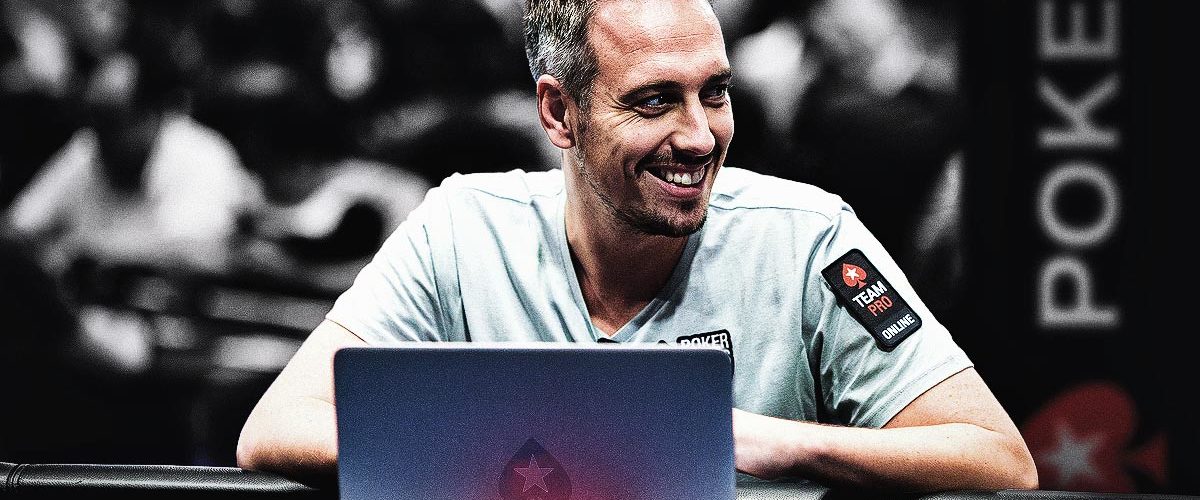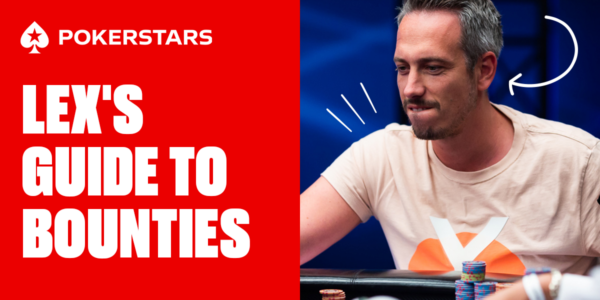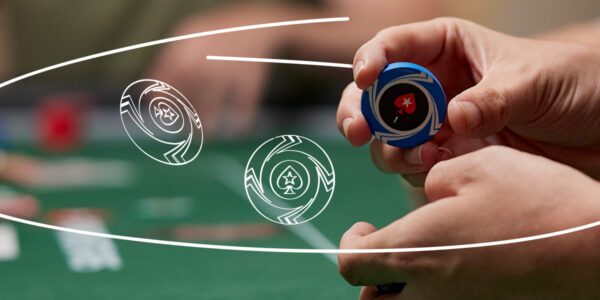Micro Stakes Tournaments – Part 2
In the first article of this series, we talked about what to expect in micro stakes tournaments like those that place during the MicroMillions on Pokerstars. We touched on the field filled with weak and inexperienced players, some types to identify and how to adjust to them. In this article, we’re going to move past the early, deep stack stages to the middle stages of these events. Just thinking about what to expect and having a general game plan will already give you an edge over your opponents, most of whom put no thought what so ever into how to approach the tournament.
As we move into this stage, we’ll note that stack sizes will now start to vary significantly. Some players will have built a nice stack and still be playing a lot of big blinds for the middle levels. Some will be nursing short stacks, due to misfortune, leaking off chips, or simply folding and waiting for premiums while their stack has slowly begun to erode into the blinds and antes. Some of the weak player types will have gotten lucky and built some chips, but the majority of them will be short stacked or out of the tournament already. The weaker players of the nit variety will mostly still be there, those that haven’t suffered beats or coolers early on… but the majority will have modest stacks.


During these stages leading up to and into the money, we will now be able to work some more bluffs in. Obviously we still don’t want to try and bluff those loose passives or maniacs who survived the early levels with chips. But the tighter players who are still desperately holding on to the chips they have while waiting for premium hands are great targets for some aggression. It’s best to bluff with equity (semi-bluff), but when opportunities arise be ready to seize them. Especially as the money bubble approaches… although min-cashes in micros isn’t exciting from a financial perspective, it’s still a coveted threshold for many players, and those players will be reluctant to risk their life until that threshold is crossed once they’ve gotten close.
As we’ve already mentioned, one of the distinctions now from the early levels is that stacks will vary, sometimes wildly. It may sound simple, but it’s important to consider the stacks in play before getting involved in a hand. For example, it folds to you in middle position and you hold QTs. This is a fairly standard open in the early stages, or on deeper stacks. Let’s say we have 5 players behind us. The stacks are:
Hero 95bb
HJ 37bb
CO 58bb
BU 29bb
SB 84bb
BB 35bb
I’m very comfortable opening QTs into these 5 stacks. None of them have an easy play back against us. The shortest, 29 bigs on the button, could 3-bet light, but it will cost them roughly 1/3rd of their stack to do so properly, and they’ll have to release to a 4-bet. If they flat our open, and a cbet, again they are approaching 1/3rd of their stack going in. The SB has the closest stack to us, but is out of position and covered, so they should be reluctant to tangle with us too recklessly. The cut off has room to play on 58 bigs and has position on us, but we do cover them solidly. And they are only 1 player who can really make a good situation for themselves without the “goods”.
If however the stacks were like this:
Hero 95bb
HJ 7bb
CO 58bb
BU 11bb
SB 84bb
BB 35bb
Now opening becomes less attractive. If we open and the hijack or button shove over the top, we’ll be priced in to calling them off, which isn’t super exciting with QT. Further, should the hijack go with his 7bb hand, the cut off or SB can 4-bet reasonably liberally to isolate them. If one of them makes it 20bb to go for example, we’ll have to fold the QT and allow them to iso the 7 big blind all in with extra dead money in the pot from our open. The moral of the story is, always be cognizant of the active players still in the pot and their stack sizes when you consider getting involved in a hand. How might the hand play out if certain stack sizes call you, or 3-bet you? If you realize there may be a number of scenarios that you won’t like, or that you won’t know what to do in, it might make sense to simply let this spot go.
Continue trying to attack the folders through these portions of the tournament, being aware of short stacks that are looking to make a stand or big stacks with position that can make your life miserable, and adjust accordingly. Sometimes this will lead you to opening a wider range of hands than normal, while other times you’ll need to tighten up. Stay aware of and adjust to the situation. As the money bubble approaches, take note of who is tightening up to make the money… these players will provide great opportunity to accumulate some chips from as they will fold frequently to aggression pre-bubble bursting. Once the money bubble bursts and everyone is getting paid, play typically changes dramatically in the short term. We’ll get to that in part 3.














